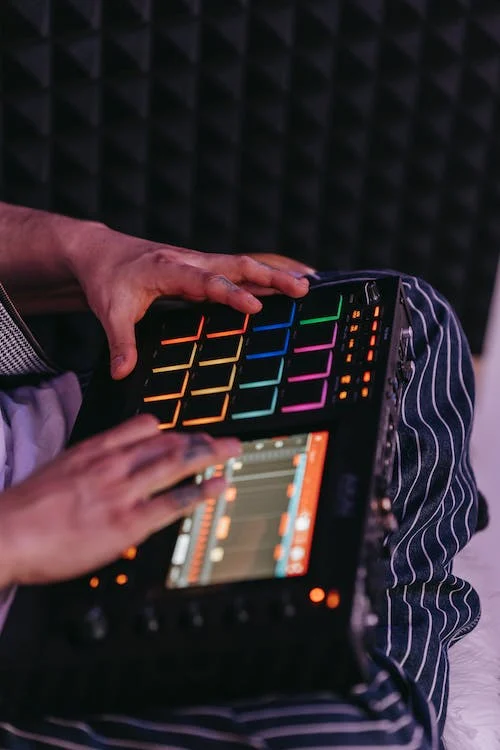The drum machine is an electricdevice that has the ability to imitate sounds, beats, and patterns of a percussion instrument. It can also produce unique sounds, including synthesized electronic sounds. As well as that, this modern drum machine allows the user to create their own beat pattern and rhythm. In fact, this unique device could create music using an analog synthesis and play a recorded sample. Interestingly, some of these drum machines have an option that allows the performer to play drums that sounds like a live performance. It also can record and program even the complex arrangement of songs with changes in style and meters.
Impact on Pop Culture
In the 20th century, the drum machine had created a significant impact on pop culture. For instance, the Roland TR-808 Rhythm Composer, which was introduced in 1980, had notably changed and developed the electronic dance music as well as hip hop. This drum machine was one of the earliest drum machines that can be programmed. TR-808 was completely analog, which means that the sounds are generated via hardware instead of the pre-recorded sounds. It was launched by the Roland Corporation so that the user can now create their own rhythm instead of using preset patterns. When the 808 drum machine was released, it had received mixed reviews from the critics because of its unrealistic drum sounds. Roland had produced around 12,000 units and discontinued after the TR-808’s semiconductors became impossible to restock.
Subsequently, the TR-909, the TR-808 successor, had influenced the house music and the techno music. In 1983, the Roland Corporation once again released a drum machine that uses MIDI, a communication protocol, which synchronizes other devices built by different manufacturers. However, like the TR-808, the TR-909 was a commercial failure, although it has both created a long-lasting effect for the following year’s pop culture. With the emergence of these early drum machines, genres, including house, techno, and acid genre, have also emerged.
Shortly after that, the Linn LM-1 become the first machine that used samples of real drum kits in 1980.It was then adopted by several artists, including Prince Rogers Nelson, an American singer and songwriter, and the ‘King of Pop,’ Michael Jackson. In the year 1990, emulators had overtaken the popularity of a physical drum instrument.
By the year 2000’s standalone drum machines become less common. Nevertheless, the revival of analog synthesis had resulted in a new wave of the analog drum machine in 2010. Consequently, the Roland TR-808 and Roland TR-909 were recreated into a digitalrhythm composer. As well as that, Behringer then also released an analog clone of the TR-808, the Behringer RD-8 Rhythm Designer.
Physical Drums vs. Drum Machines
It is indeed true that a human-created rhythm is incomparable when it comes to sound made by machines. According to a scientific study, machines cannot fully replicate the feel of human drumming and a player’s response to the change of music while playing live on stage. Furthermore, the human drummer has the ability to create several wide variations like playing behind the beat or ahead of the beat for a particular section of a song.In comparison to the physical drum, the drum machine cannot perform such a task and only follows a programmed rhythm.
Although physical drums were still widely used today, it is undeniable that the emergence of the drum machine had quite overpowered the popularity of physical drums.
When it comes to labor cost, drum machines and drum programming were mostly and increasingly used by several major record labels. This is to cut the expenses used for studio drummers and to create drum beats when a drum kit is not available.
Speaking of programming, this action could be done by creating patterns through pressing trigger pads like a drum kit was being played. Aside from that, you could also program a beat by using the step-sequencing, a pattern of accumulating individual sounds. These sounds were then played by the system’s memory in accordance with the order that the programmer has chosen. After that, the drum machine will quantize the entriesthat are off-beat and arranged it in order to make them exactly in time.

